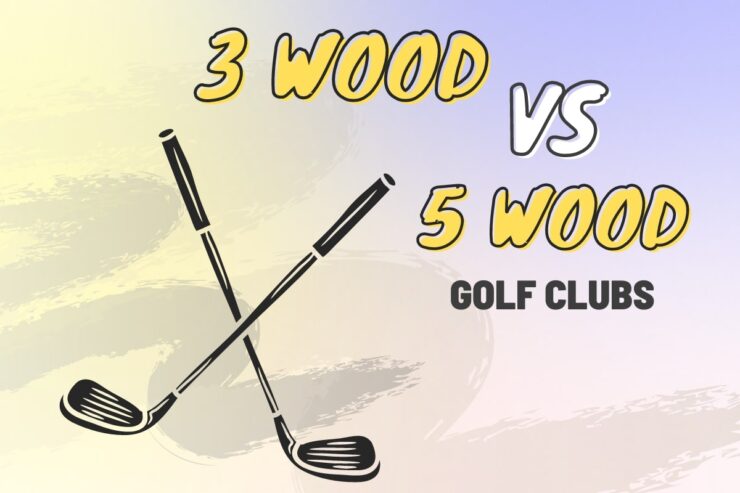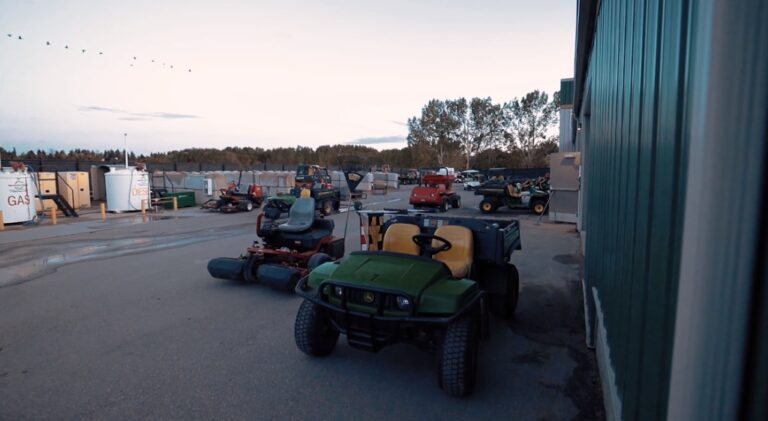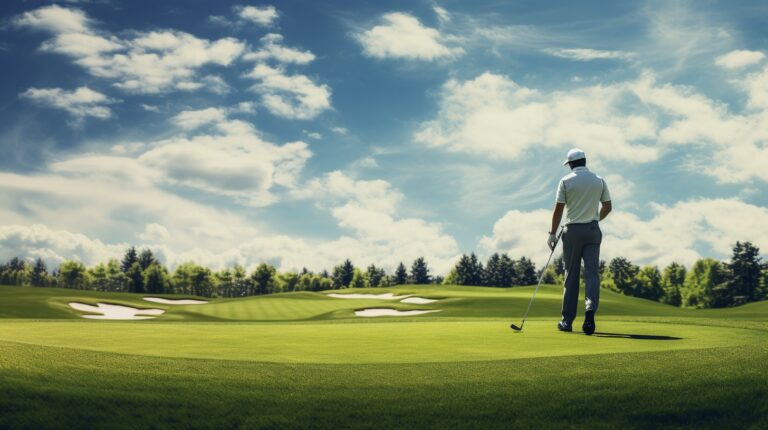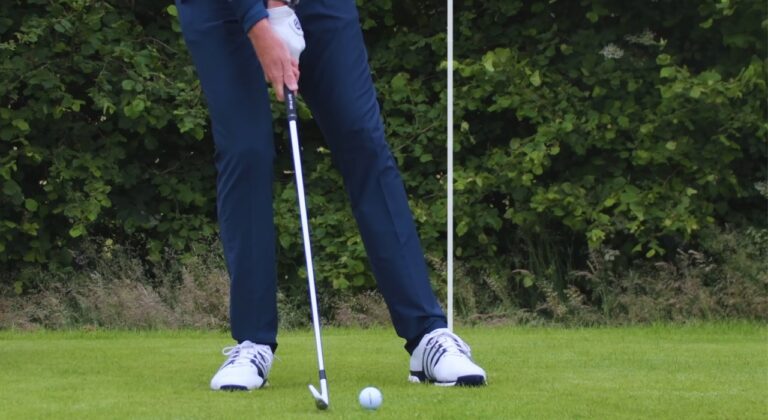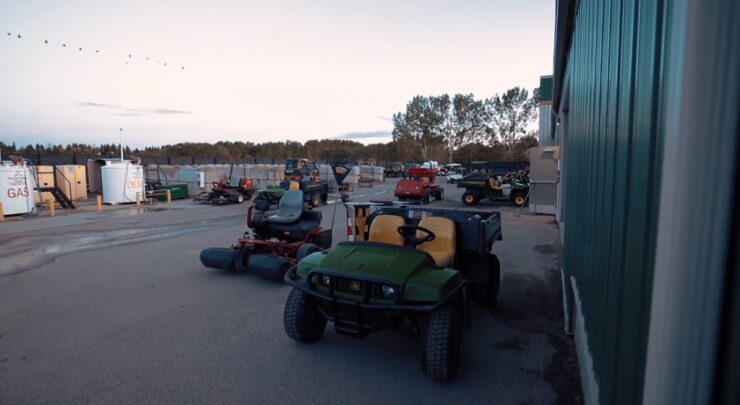As a sport and a traditional pastime activity, golf cannot be imagined without clubs. Golf clubs are an essential piece of the because it is not really possible to do it with anything else. Certain sports gear can be improvised, like soccer where anything can be used instead of goal posts, or the fact that you can basically play basketball with any ball (although not well enough).
For golf, you need the clubs and that is where the argument ends. Because of this, it is very important for every golfer to know as much about the clubs as possible especially if they want to get better at the game.
Having the right set of clubs makes a significant difference in performance and gives more confidence. This translates well to the court and makes you a better golfer. In the article here we take a closer look at the different types of golf clubs and their characteristics, as well as what to consider with different types. We wake a particularly close look at the woods, one of the types of golf clubs.
Types of Golf Clubs
When selecting golf clubs, players should consider several factors, including their skill level, swinging speed, and physical characteristics. Players with a slower swing speed will surely benefit from using clubs with more loft, while those with a faster swing speed may want to choose from clubs with less loft.
Additionally, players should consider their height, arm length, and grip size when selecting clubs these factors can affect their swing mechanics. It is not easy to pick the right one, but you will need to take your time and find the right combination for all three.
The right set of clubs can significantly impact your performance. By understanding the different types of clubs and their characteristics, as well as the factors to consider when selecting clubs, players can make informed decisions backed up by knowledge and research that can improve their game and overall experience on the golf course.
Golf clubs can be categorized into three main types including woods, irons, and putters. Each of these is designed to perform specific functions on the golf course and each is used for a specific type of shot. The player needs at least one of each if they are to properly hit the ball at every stage of a hole.
The Woods
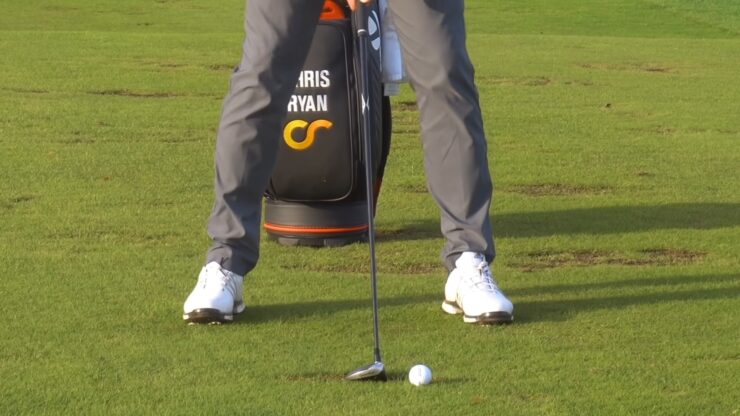
Woods are typically used for long shots from the tee and from the fairway. They are called woods because they were originally made exclusively of wood. Today, most woods are made of metal or composite materials but they have kept their classic name. The most common woods include the driver and the fairway wood.
They are numbered to indicate their loft angle with the driver, also known as the 1 wood, having the lowest loft angle. It is designed for maximum distance off the tee, the first shot at every hole. The fairway woods, usually numbered 3 wood, 5 wood, or 7 wood, have higher loft angles and are used for the fairway or the rough.
The Irons
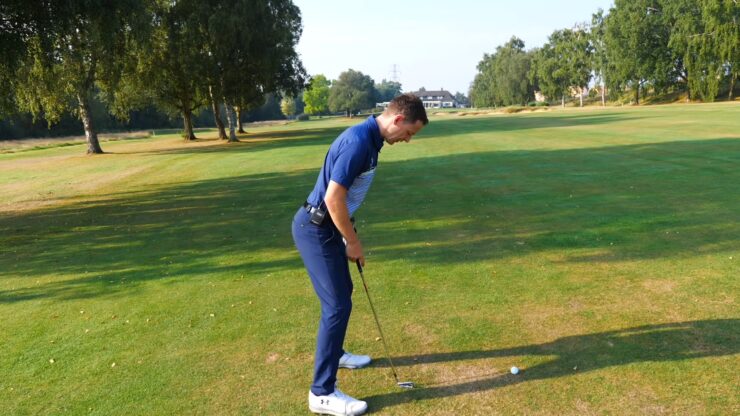
On the opposite end of the spectrum from the woods are the irons. Iron clubs are used for shorter shots and approach shots to the green. They are also numbered in a similar way to indicate their loft angle, with lower numbers indicating less loft and longer shots (vice-versa for the higher numbers and shorter shots). Irons are typically made of metal and they range from 3 iron to 9 iron.
Most golfers also use wedges and specialty irons like the pitching wedge and the sand wedge. This is a special subtype of iron designed for shots from close range and around the green. They have a high loft angle and a shorter shaft length than other irons, something that allows more control and accuracy during the shorter shots. The most common types of wedges are pitching, sand, and lob wedges.
The Putter
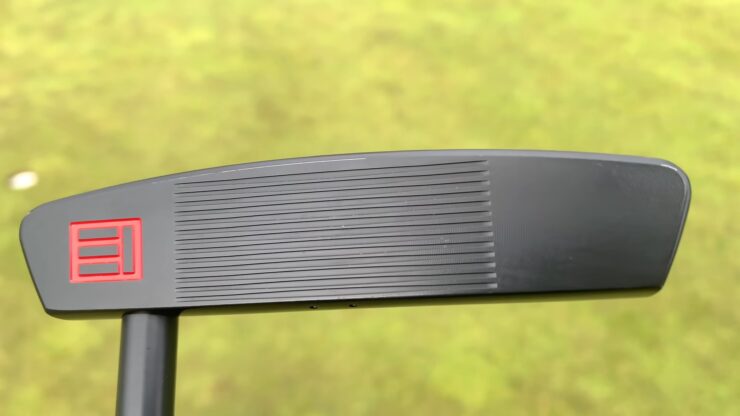
Notice how the woods and irons are plural but the putter is singular? There is a good reason for this: you only need a single putter in your bag. The putter is the club used for putting, which is the final stroke that gets the ball into the hole and ends it. As such, it is a very important piece of golfing equipment.
Putters are designed to have a flat face and low loft angle that allows a smooth roll of the ball onto the green. There are several types of putters, mainly blade, mallet, and long putters. Finding your own, the one that fits your style and physique the best makes a lot of difference in your overall play.
About the Woods
After all, this article is about the woods so from this point forward we focus solely on this iconic type of golf club. The woods are a type of golf club that is typically used for the longest of shots, which means the initial one at every hole from the tee, and all the following ones on the fairway. There are generally two types of wood, the driver and the fairway wood.
As briefly mentioned above, the driver is also known as the 1 wood and is typically used for the longest shots on the course. This is, or it at least should be the tee shot. The driver has the lowest loft angle of any club, usually between 7 and 12 degrees, a number that allows players to achieve maximum distance. The driver is also usually the largest club in any player’s bag and has a larger clubhead than other wood, which again helps to generate more speed and power.
Fairway woods are the other type of this club. They are designed for shots from the fairway or rough and are usually considered the actual, true woods, with the driver often being put in a separate category all by its lonesome. They have higher loft angles than drivers, between 13 and 20 degrees, and are numbered to indicate their loft.
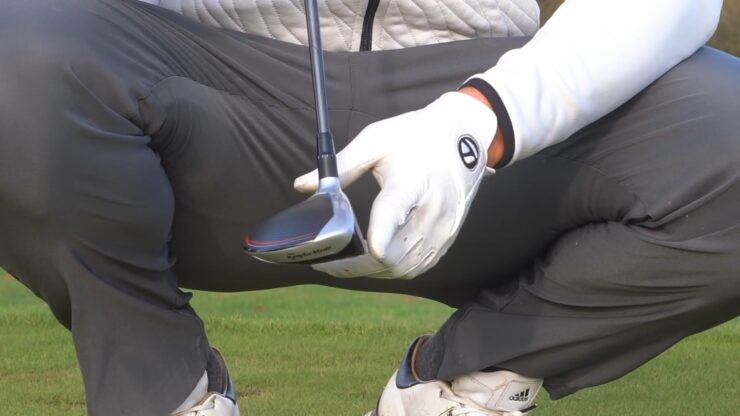
The most common fairway woods are 3 wood, 5 wood, and 7 wood, with some players also carrying a 9 wood or even an 11 wood in their bag. The smaller clubhead of fairway woods allows for more control and precision, which makes them ideal for approach shots to the green, but it still gives a lot of distance and power.
Historically, woods were made solely of wood, hence the name. Their heads were entirely wooden and the shaft and the grip were also known to contain wood. However, in modern golf, most woods are made of metal or composite materials, which provide better performance and durability and is cheaper to mass produce.
Wood is also more difficult to maintain despite looking better and feeling nicer. The most common materials used for modern wood clubs are titanium, steel, and carbon fiber. Still, for nostalgia and traditional reasons, the name has stuck and it will probably never change.
Titanium is a lightweight and strong metal often used in the construction of drivers. Titanium drivers have larger clubheads than other materials which allow more forgiveness on off-center hits and more distance on well-struck shots.
Steel is the heavier and more durable material often used in the construction of fairways. Steel fairway woods typically have smaller heads and lower centers of gravity. This helps the golfer to launch the ball higher and with more spin.
Finally, carbon fiber is a very lightweight and strong composite material often used in the construction of both drivers and fairways. Carbon fiber woods tend to have larger clubheads than steel woods, meaning more forgiveness and distance, while still maintaining a low center of gravity.
3 Wood VS 5 Wood
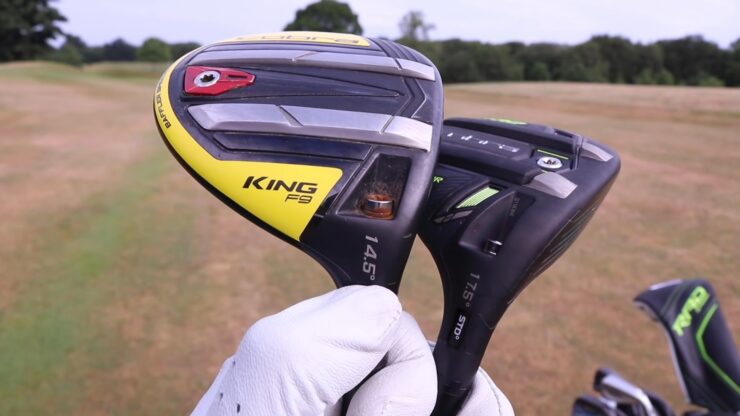
So is there a wood that is better than the rest? Should a golfer carry all the fairway woods, a select few, or is one more than enough? If so, which one? The debate has always seemed to be between the 3 wood and 5 wood because they are the most popular and widely used varieties of this club type. The 1 wood is the driver, the 7 wood is the third-most popular, and the larger numbers are not that common in bags.
Their numbers indicate the loft angle of the club with the 3 wood typically having a loft angle of around 15 degrees, while the 5 wood has a loft angle of around 18 degrees. While this difference in loft angle may seem small at first, it can have a significant impact on the distance and trajectory of your shots. That is if you use them properly and at the right moment on the course. Some of the key differences between the two include distance, control, and trajectory.
- Distance: In general, a 3 wood hits the ball further than a 5 wood can due to the lower loft angle and longer shaft. This makes it a good choice for longer shots off the fairway or even from the tee on shorter holes.
- Control: Although the 3 wood is longer, the 5 wood is often easier to control because of the higher loft angle and the smaller head. This makes it a good choice for shots from the fairway or the rough where accuracy is more important than distance and power.
- Trajectory: The lower loft angle of the 3 produces a flatter trajectory. The higher loft angle of the 5 produces a higher trajectory and gives more spin. This matters because it can affect how the ball carries and rolls once it hits the ground.
The Pros and Cons
Oftentimes, it is the pros and cons, the list of positives and negatives of both examples, that tells the story in the best possible way. So which one prevails in a direct benefits-and-drawbacks clash?
The 3 wood
- Longer distance off the tee and from the fairway
- Better for hitting from the rough because of the lower center of gravity
- Easier to hit off the tee than a driver at shorter holes
- More difficult to control due to the lower loft angle
- Not the best choice for shots that require higher trajectory and/or more spin
- More difficult to hit off the fairway
The 5 wood
- Easier to control because of the higher loft angle and smaller head
- Good for approach shots to the green from the fairway and rough
- Higher trajectory and more spin equal better stopping power on the green
- Does not hit as far as the 3 (especially off the tee)
- More difficult to hit from the rough (higher center of gravity)
- Not the best choice for longer shots when distance is more important than accuracy
Do Golfers Need Both?
The choice between a 3 and a 5 comes down to personal preference and the specific needs of the current game that is being played. A 3 is always a good choice for longer shots where distance is important, while a 5 is better for approach shots to the green where accuracy and control prevail. Ultimately, the best way to decide which club is right for you is to test them out on the course and see how they perform for your individual game.
It is not the question of which is better because they are used in different scenarios. Although it is not necessary for a golfer to have both a 3 wood and a 5 wood at all times, many golfers do choose to carry both because they serve different purposes on the course. While a golfer could only carry a 3 or a 5, having both clubs provides more options and versatility on the course and allows the golfer to make more strategic choices based on the shot at hand.
It is true that the specific set of clubs a golfer chooses to carry depends on their individual playing style and needs, but having more options is important. The average number of clubs a golfing bag can store is 14, with many being able to carry as many as 20.
There are several fairway woods in there anyway so it should really be out of the question whether or not to bring both. It is a no-brainer and it makes much more sense to leave one of the other fairways (or irons). A driver and a putter are both crucial. The rest is up to the golfer to mix and match.
Sumayya Parrish, a golf aficionado and wordsmith extraordinaire, brings her wit and wisdom to the fairways of FloridaEliteGolfTour.com. Known for her uncanny ability to turn a bogey into a birdie with her humor, she serves up engaging content that keeps readers chuckling even when their golf game has them crying.
Related Posts:
- Draw vs. Fade: Which Is Which? - Build Confidence in…
- 3 Wood VS 3 Hybrid Difference - Golf Club Types & Comparison
- What To Look For In A Reliable Golf Bag - Carry Your…
- Golf Tips to Choose the Right Golf Club as You Play…
- Best Way to Grip a Golf Club - For Left Handed and…
- What Is The Difference Between Golf Rangefinder And…

